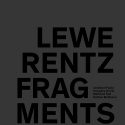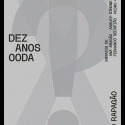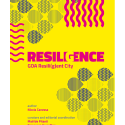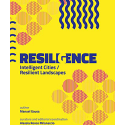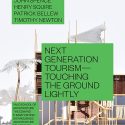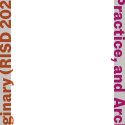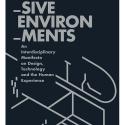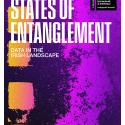Your Cart is empty
Lewerentz Fragments
Jonathan Foote, Hansjörg Göritz, Matthew Hall, Nathan Matteson
Through new essays, recently discovered archival material, photography, and drawings, the publication Lewerentz Fragments explores the architect’s body of work spanning three-quarters of the twentieth century. Comprising writings from all the major scholars on Lewerentz’ work, along with several new voices, this publication offers new insight into the context surrounding this architect’s work. Rather than focusing on a single thesis, the book offers a diversity of insight from multiple cultural and professional perspectives. In addition, previously unpublished translations of interviews and dialogs among the architect and his contemporaries offer a voice to the ‘silent architect’ altering the traditional interpretations of the work and digging past the surface of what might be considered his philosophy of building. Rather than serving as an introduction to the architect’s work, this volume provides detailed fragments as a deep and diverse dive into one of the most mysterious of Scandinavia’s modern masters.
With Contributions of
Janne Ahlin, Claes Caldenby, Adam Caruso, Johan Celsing, Patrick Doan, Nicola Flora, Jonathan Foote, Matthew Hall, Per Iwansson, Thomas Bo Jensen, Nathan Matteson, Enrico Miglietta, Paolo Giardiello, Hansjörg Göritz, Magnus Gustafsson, Mariana Manner, Anne-Marie Nelson, Gennaro Postiglione, Wilfried Wang, Ola Wedebrunn.
Archival reproductions from the Swedish Centre for Architecture and Design (ArkDes), The Stockholm stadsarkiv, and The Malmö stadsarkiv.
EBOOK EDITION
